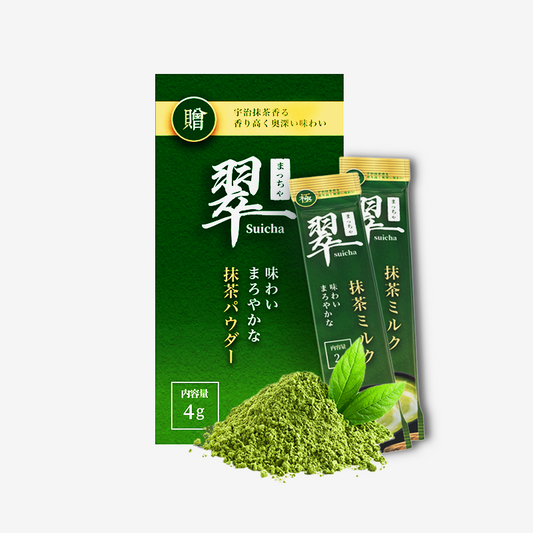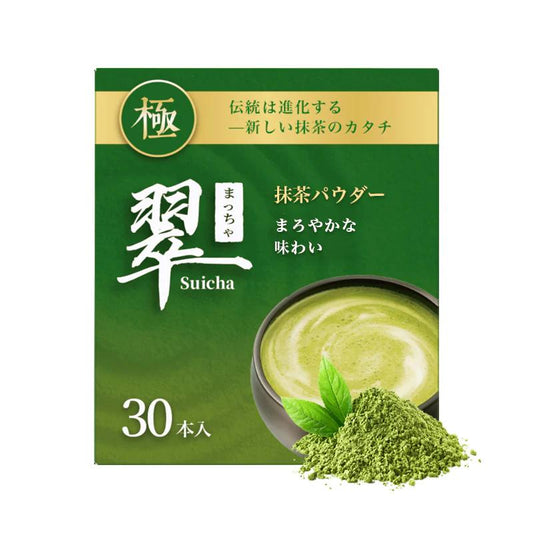What is Matcha? Matcha Tea Explained




FAQs
Title
YOUR QUESTIONS. ANSWERED
Share your thoughts
Title
FAQs
Title
- 選択内容を選択すると、ページ全体が更新されます。
























